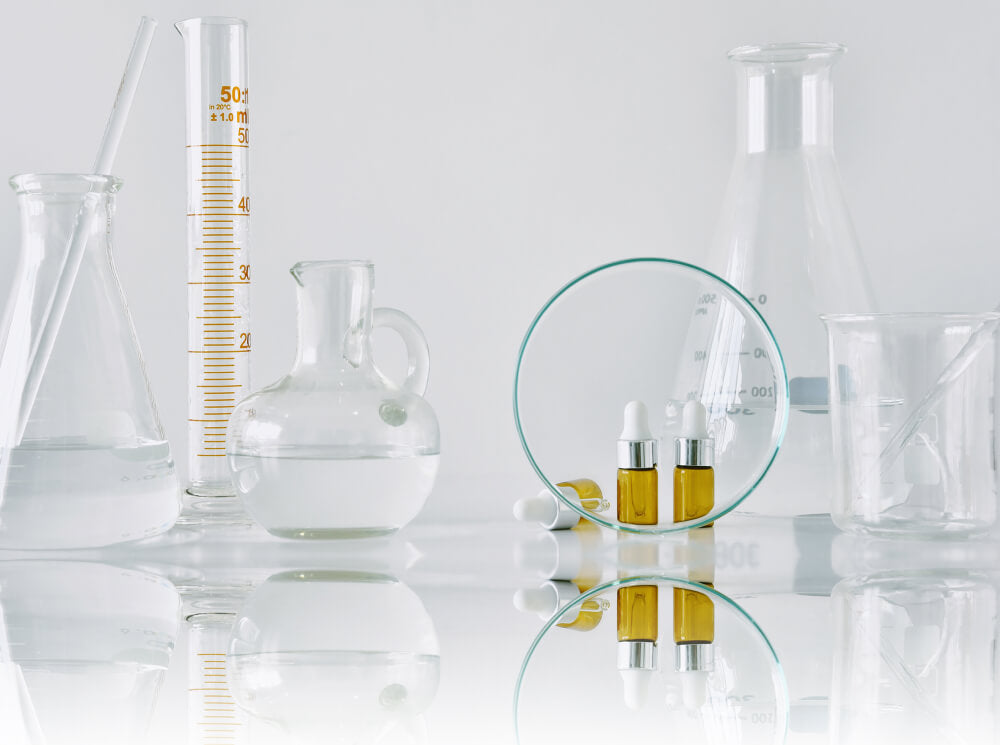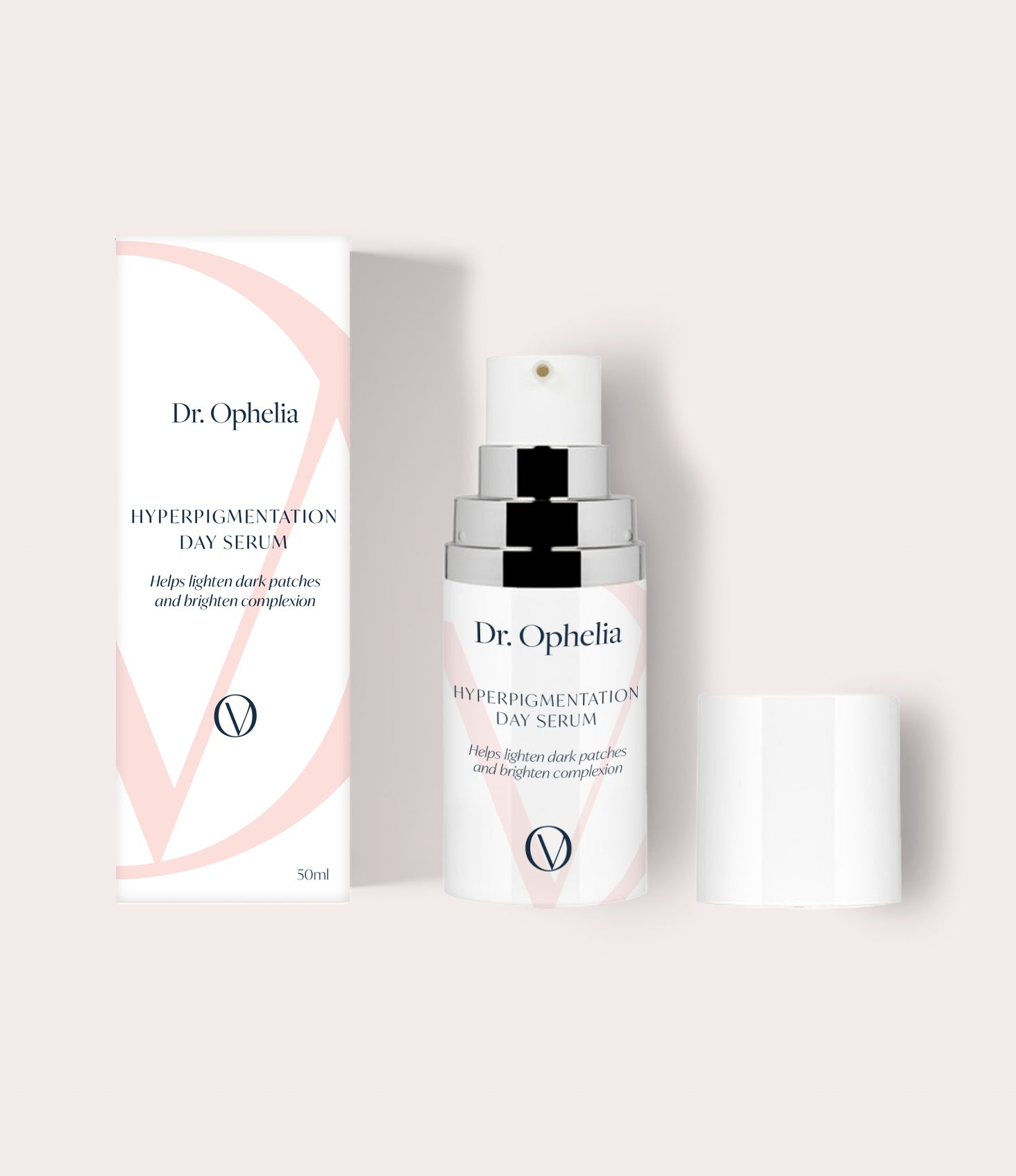
Why Facial Filler is Often Frowned Upon and What Are The Alternatives?
Fillers! They're the F-word of the non-surgical cosmetic tweakment world. We’ve all seen the overly filled, pillowy faces of celebrities (and non-celebrities) who have gone one step too far with filler and are photographed with hamster-like cheeks or protruding over-filled lips which look ridiculous – it’s little wonder that people are understandably wary and you often hear people say, “I’ll try anything but filler”.
Filler horror stories are often the fodder for TV shows like Botched or the Instagram videos of doctors called in to repair the work of badly done injections. But obviously that’s filler at its worst and is not the case for the majority of cases.
What Exactly is Filler
Dermal Fillers to give them their correct name (dermal meaning ‘in the skin’) are gel like substances which can be used to give structure to the face. They are available in different consistencies, or thicknesses, depending on what they are supposed to be doing. You’d want a lightweight, pliable filler to give a subtle boost to thinning lips, and a firmer, denser filler to contour the cheeks or a jawline.
To get fillers where they need to be, they need to be injected below the skin so they must have a fine enough consistency to pass through a needle or a cannula (a kind of blunt needle which some practitioners prefer). Fillers usually come in 1 ml syringes and practitioners charge according to how much filler they use, as well as for the time that the procedure takes.
Are fillers the same as Anti-Wrinkle Injections?
No. They are totally different substances injected into different parts of the face to do different things. Anti-wrinkle injections use a nerve toxin that is injected into the muscles to reduce their ability to contract. A filler is a gel type substance (usually made from hyaluronic acid) which is injected to add volume or structure to the face. They are often get grouped together when being discussed - and people will often refer to “Anti-wrinkle injections and fillers” – but they are very different things.
According to a University College London study, the dermal filler market is thought to reach a value of £11.7 billion by 2026, and as the UK aesthetics industry is currently unregulated, the potential for mistakes is endless.
Thankfully, last September the UK government launched its first ever consultation on how to make non-surgical cosmetic procedures safer as thousands complained of ‘botched’ procedures (with over two thirds of those complaints relating to dermal fillers).
Last year, some celebrities even started openly talking about having their filler “dissolved”. Actress Kirstin Davis told the Telegraph newspaper last June, “I’ve had to get them (fillers) dissolved and I’ve been ridiculed relentlessly,” she explained, adding “You’re trusting doctors but people personally blame us when it goes wrong”.
Friends’ actress Courtney Cox has also opened up about her experience with injectables on the podcast Gloss Angeles, “It’s like you don’t realise that you look a little off, so then you keep doing more cause you look normal to yourself,” said the 59 year old who had her filler dissolved in 2017 after she was ridiculed online.
As with all non-surgical cosmetic procedures, it’s imperative to find a good doctor you trust before committing to any procedure. Alice Hart Davis, author of The Tweakments Guide says, “The thing about fillers is that people mostly only talk about the horror stories or when they go wrong. There are of course plenty of beautifully natural examples of people walking around with filler, which are undetectable. And that’s the point. Good filler is totally undetectable and can transform a face that has started to lose its youthful volume.”
Consultant Dermatologist Dr Ophelia Veraitch agrees, “Fillers definitely have their place in the non-surgical cosmetic tweakment world but they have to be administered in the correct doses for beautiful, subtle and natural looking results”.
Dr Ophelia’s approach is to firstly focus on the skin quality, “I prefer to work on the skin first - getting rid of pigmentation, softening fine lines and wrinkles, reducing rosacea for example and you’ll often find that less filler is required.”
When are fillers a good idea?
“In the right candidate, small volumes of filler can be extremely effective at contouring and defining,’ says Dr Ophelia, “particularly in the temples, cheek or lips which can become hollow or thinner as we age. It’s all about using the right viscosity and amount of filler at the correct injection point. It can also be useful for defining jawlines. But if people are averse to the idea, there are some excellent other treatments available.”
There’s currently a lot of interest in the new bio-stimulating injectables otherwise known as skin boosters such as polynucleotides (which are molecules extracted from salmon or trout) which closely resemble human DNA. ‘These injections stimulate the body’s own production of collagen and elastin and work on the body’s own pathways to reverse ageing rather than adding a volumizing substance as is the case with fillers” explains Dr Ophelia, ‘So they can be a very good option for patients that aren’t comfortable with the idea of filler.’
Polynucleotides are used a lot under the eyes currently with great success to disguise dark circles and hollowing of the eye area.
Energy devices such as Thermage FLX can also boost collagen production and can really tighten and visibly lift the skin, often with facelift type results. Thermage FLX uses radiofrequency energy to boost collagen production in the lower layers of the skin by heating the skin to a point where the skin thinks it’s being injured and triggers the healing response that produces collagen.
I’ve tried Thermage FLX and the results are impressive particularly for lifting and tightening the lower part of the face, but also on the cheekbones too where I noticed a real ‘lift’ and more sculpted look. I also noticed an improvement in my nose to lip folds which are definitely not so noticeable.
Thermage can also be used on the eye area to lift hooded eyes and reduce under eye bags without surgery or injections.
Results become apparent several weeks after the treatment and last up to 18 months. Rightly so, people talk about Thermage FLX as an alternative to surgery for a natural, lifted, more defined look without the expense (or the downtime) of a traditional facelift or eye surgery.
Results from treatments like polynucleotide injections or Thermage FLX can be more subtle and will take more time to become apparent than results from dermal fillers which are instant.
As with all cosmetic procedures, the best results are obtained by discussing a clear plan of action with your doctor and often the most beautiful looking results are due to ‘layered’ approach which involves skincare, energy devices and subtle injectables working in harmony together for the most natural results.
Shop Bestsellers















Leave a comment
This site is protected by hCaptcha and the hCaptcha Privacy Policy and Terms of Service apply.